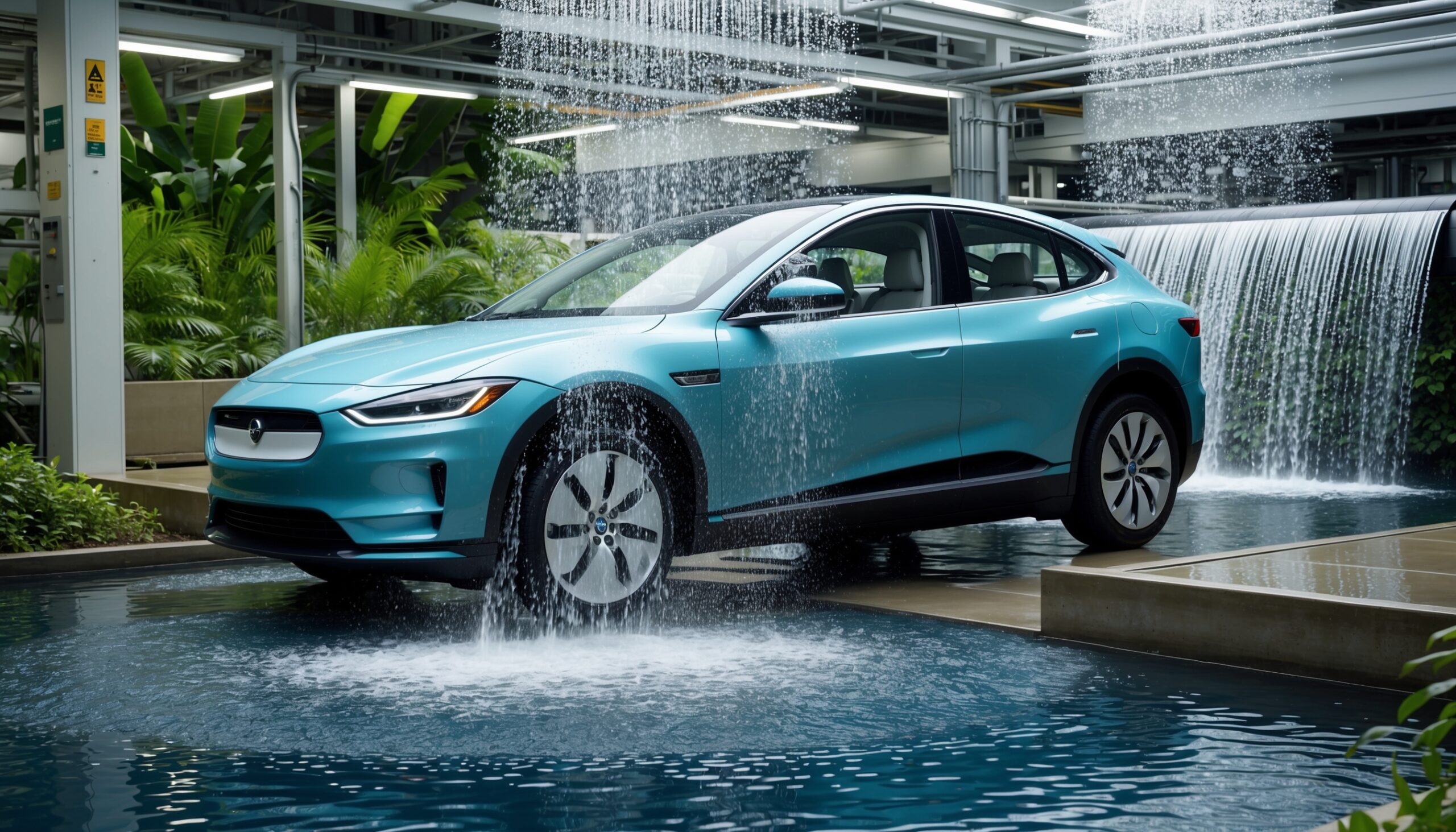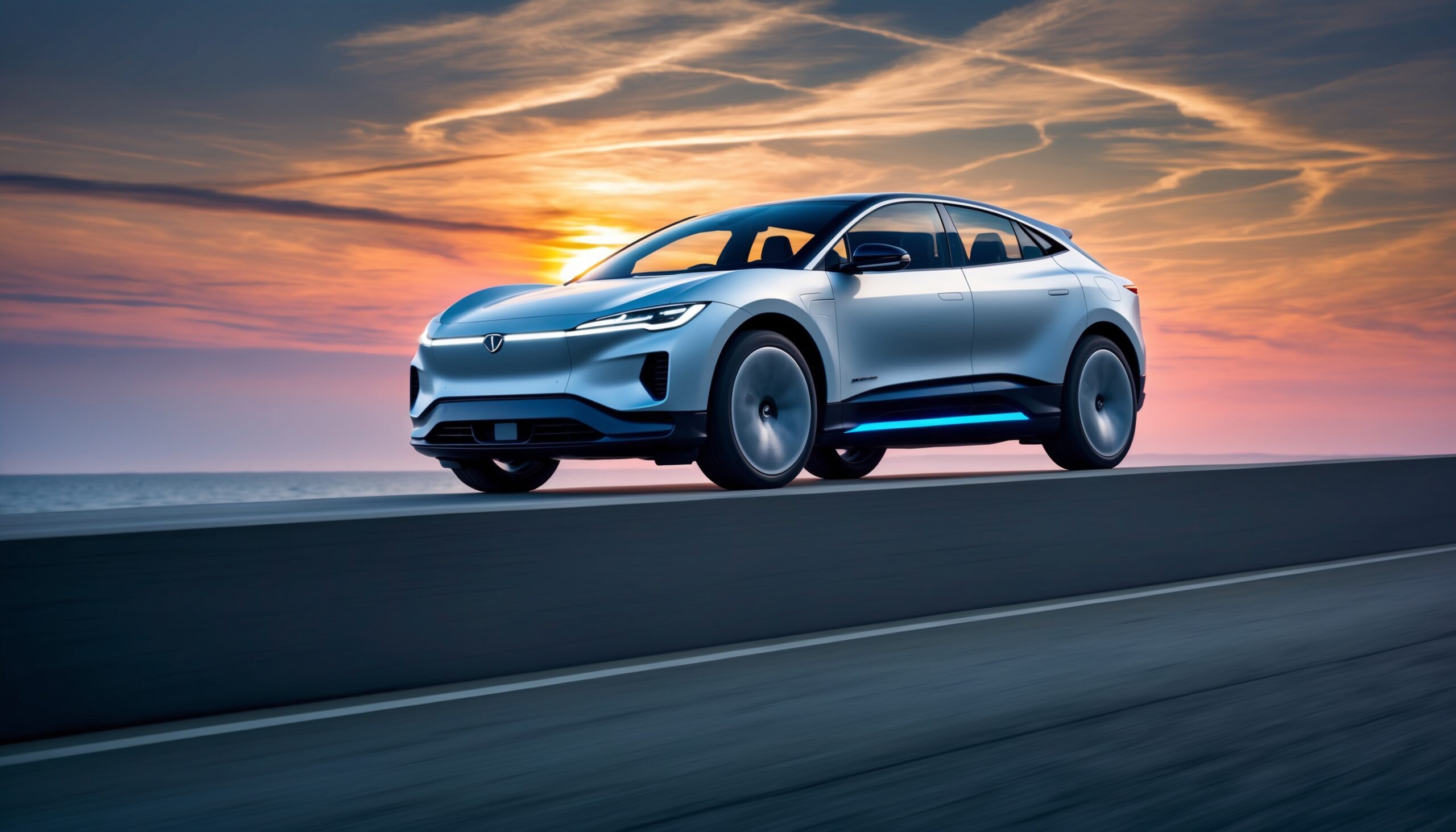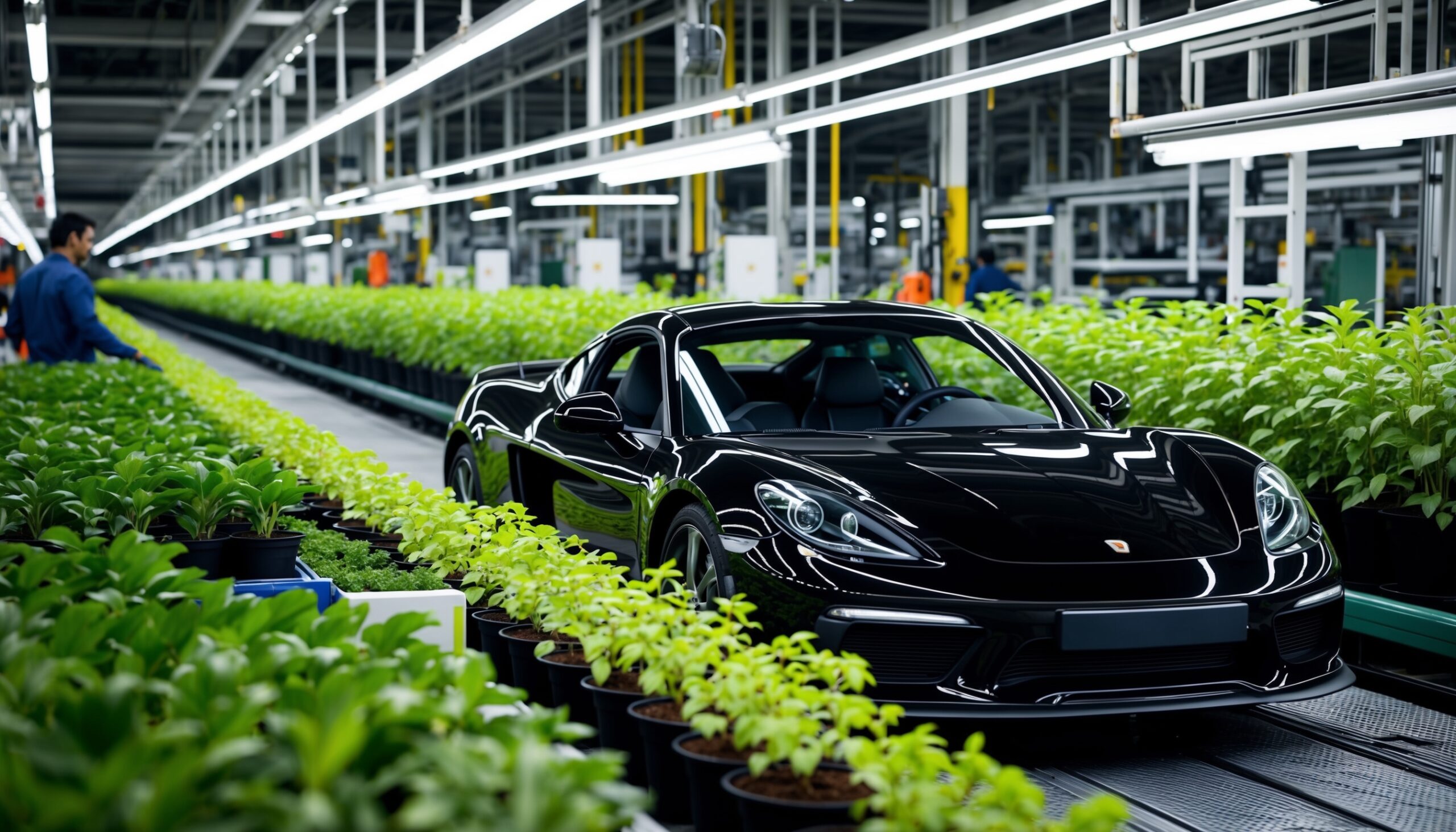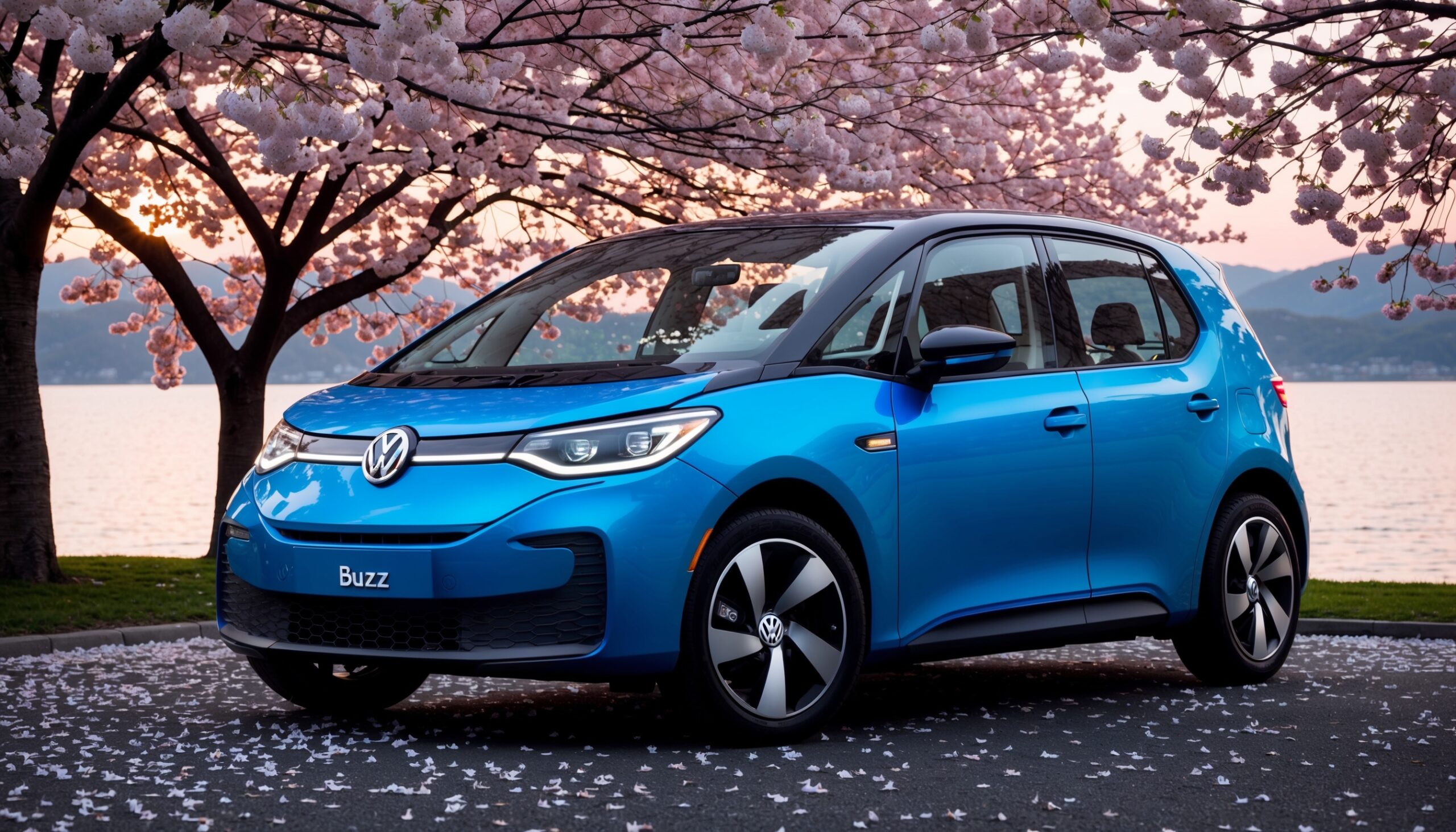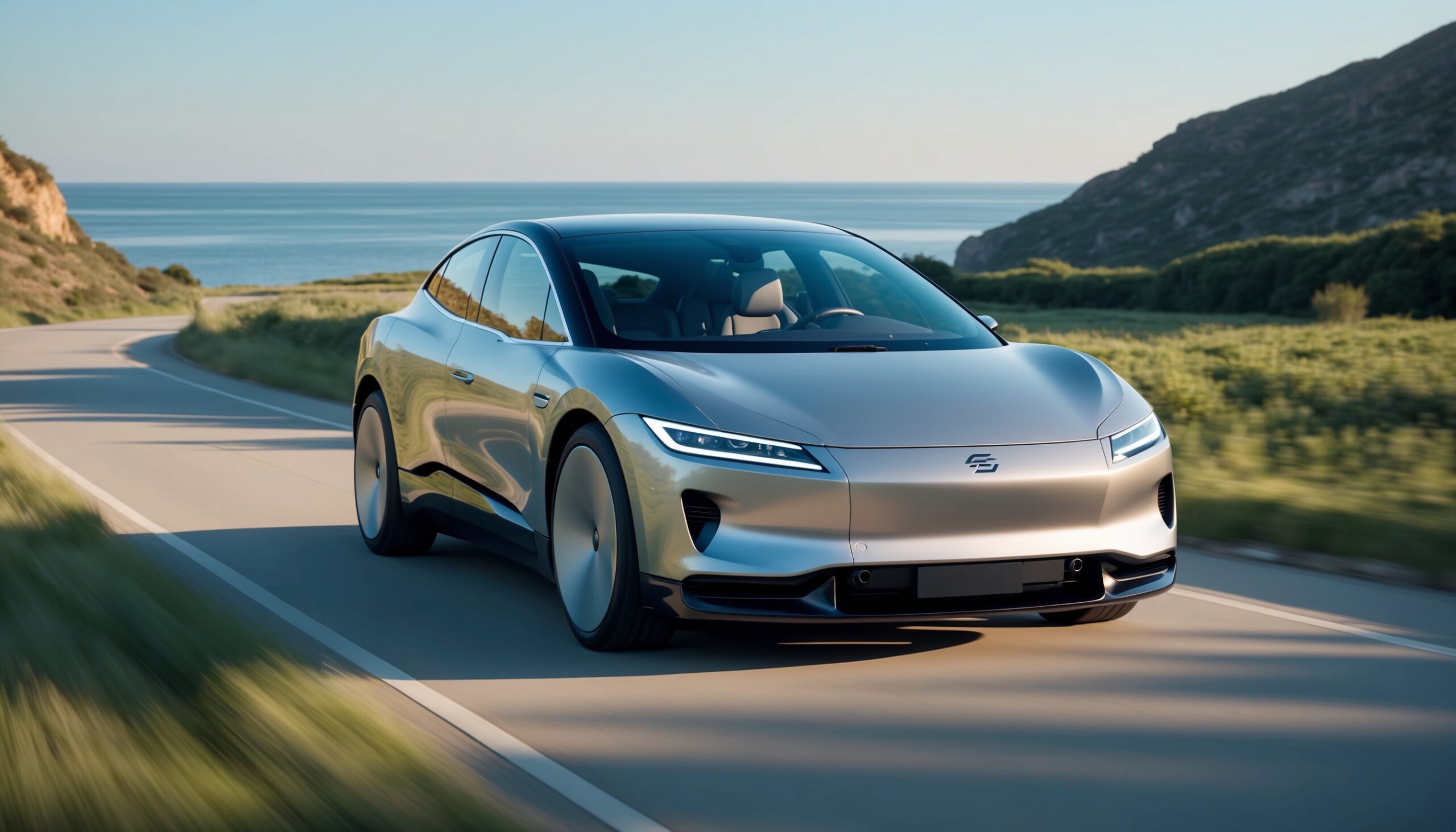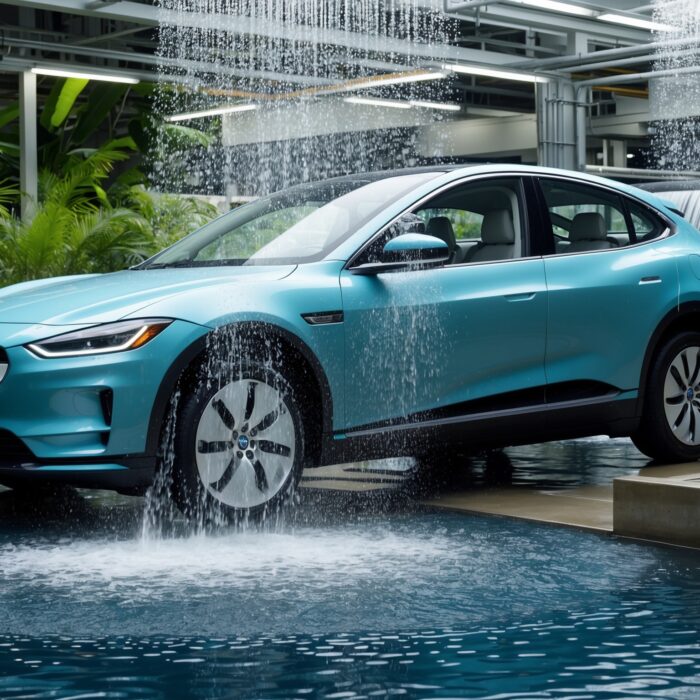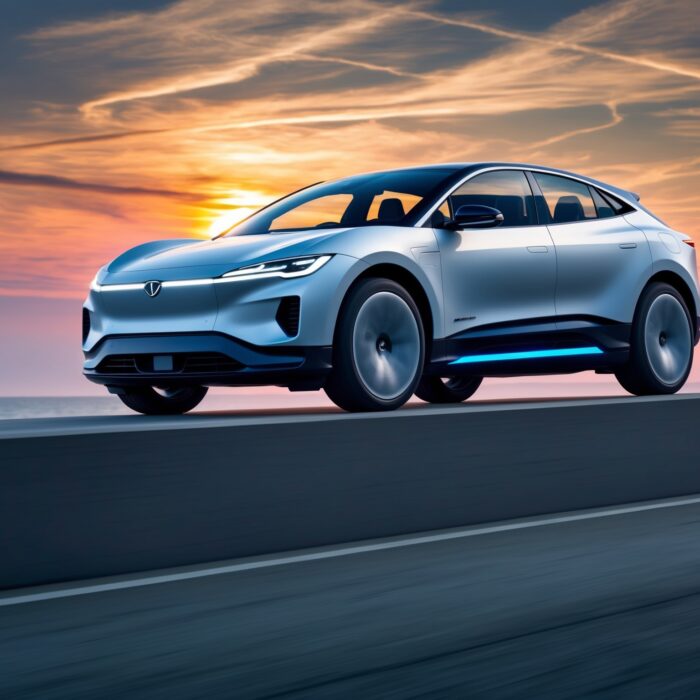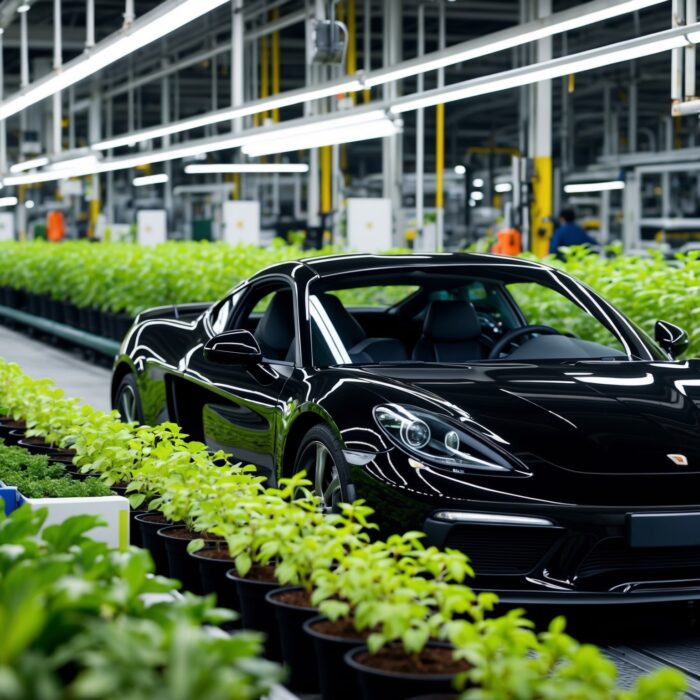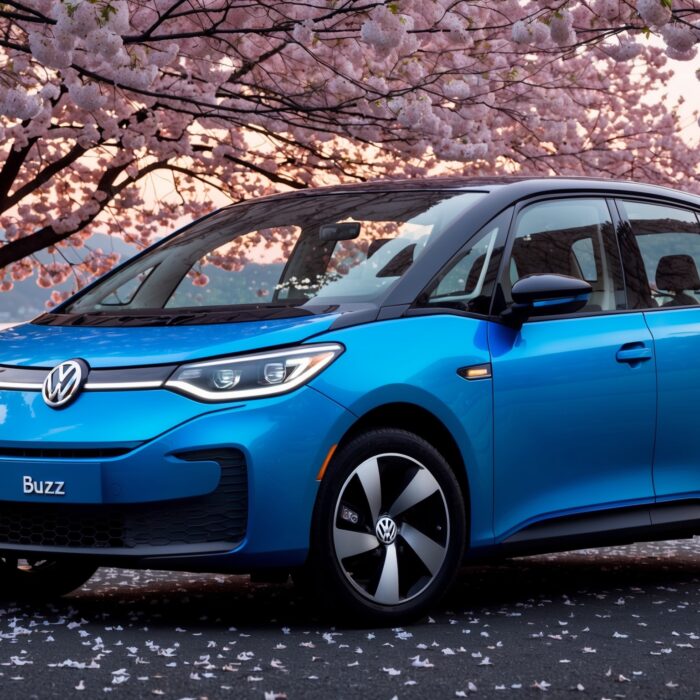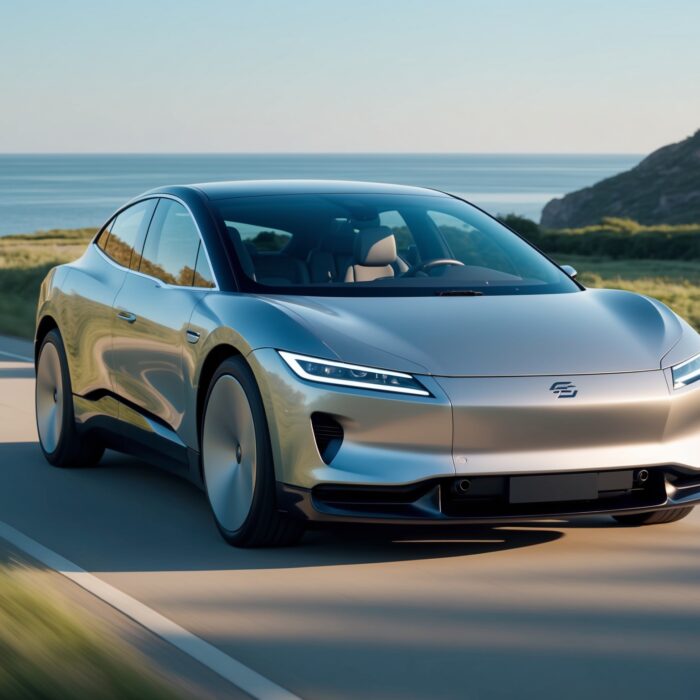Water Usage and Conservation in Car Manufacturing Facilities
When you think of car manufacturing, images of gleaming assembly lines, roaring machines, and sleek vehicles rolling off the production floor come to mind. However, behind the scenes of this intricate dance of engineering lies an often-overlooked element—water. Yes, water plays a crucial role in the automotive industry, not just as a coolant or cleaning agent but also in the processes that shape and create the cars we adore. In this blog post for Torque Feed, we’re diving deep into the topic of water usage in car manufacturing and exploring the ever-important theme of conservation. Buckle up, because it’s going to be a fascinating ride!
The Role of Water in Car Manufacturing
Water is a fundamental resource in car manufacturing, serving multiple purposes that are critical to the production process. Here are some ways in which water is utilized:
Also Read: The Future of Car Shows: Shifting Focus from Concept to Production EVs
- Cooling Systems: Machinery and equipment generate heat during operation. Water is used extensively in cooling systems to maintain optimal temperatures, preventing overheating and ensuring smooth operations.
- Surface Preparation: Before painting or coating, surfaces are thoroughly cleaned to remove grease, dirt, and other contaminants. This often involves significant water usage in washing and rinsing.
- Paint Application: Water-based paints are becoming increasingly popular due to their lower environmental impact. However, the application process still requires water for cleaning equipment and ensuring a smooth finish.
- Hydraulic Systems: Water is sometimes used in hydraulic systems that operate machinery, providing the necessary pressure for various manufacturing processes.
- Wastewater Treatment: Water is also integral in treating wastewater generated during manufacturing, helping facilities stay compliant with environmental regulations.
Water Consumption in the Automotive Industry
The automotive industry is a water-intensive sector. On average, manufacturing a single vehicle can require several thousand gallons of water. This figure varies greatly depending on the manufacturer, the technologies employed, and the specific processes involved. To put it into perspective, here’s a breakdown of water consumption across various stages of car manufacturing:
- Body Shop: This is where the majority of water is consumed, primarily for cooling and cleaning. Estimates suggest that over 70% of a vehicle’s water footprint occurs during this phase.
- Paint Shop: Water usage here can be quite substantial, particularly in the cleaning and rinsing processes. Modern paint shops may use advanced technologies to minimize water consumption.
- Assembly: While the assembly process itself may not require as much water, it still contributes to overall consumption, especially in cleaning and maintenance.
- Post-Production: After assembly, vehicles often undergo final washing and detailing, which can add to the total water usage.
The Environmental Impact of Water Usage
As car enthusiasts, we love our vehicles, but we can’t ignore the environmental costs associated with their production. High water consumption can lead to several issues:
- Water Scarcity: In regions where water is already limited, the automotive industry can exacerbate scarcity issues, impacting local communities and ecosystems.
- Pollution: The runoff from manufacturing facilities can contaminate local water sources, leading to harmful effects on wildlife and human populations.
- Energy Consumption: Water treatment and transportation require energy, contributing to the carbon footprint of manufacturing processes.
Water Conservation: Why It Matters
The importance of water conservation cannot be overstated. There are several reasons why manufacturers are increasingly prioritizing sustainable practices:
- Regulations: Governments are implementing stricter regulations concerning water usage and pollution control. Companies that fail to comply may face hefty fines and reputational damage.
- Cost Savings: Reducing water consumption can lead to significant cost savings in operations, especially in areas where water is expensive or scarce.
- Corporate Responsibility: Consumers are becoming more conscious of the environmental impact of their purchases. Companies that prioritize sustainability can enhance their brand image and customer loyalty.
- Future-Proofing: As climate change progresses, water scarcity may become a more pressing issue. Businesses that adopt conservation measures now will be better prepared for future challenges.
Innovative Technologies for Water Conservation
Many automotive manufacturers are embracing innovative technologies to reduce their water footprint. Let’s explore some of the cutting-edge solutions making waves in the industry:
Closed-Loop Water Systems
Closed-loop systems recycle water used in manufacturing processes, significantly reducing the overall consumption. In these systems, water is collected, treated, and reused, ensuring minimal waste. This technology is particularly effective in paint shops, where water can be filtered and reused multiple times.
Waterless Technologies
Some companies are exploring waterless alternatives for specific processes. For example, dry blasting technologies utilize air instead of water for cleaning surfaces, thus eliminating water usage altogether. These methods are gaining traction for their efficiency and environmental benefits.
Advanced Cleaning Systems
Innovations in cleaning systems, such as high-pressure sprays and ultrasonic cleaners, allow for thorough cleaning with significantly less water. These systems use technology to maximize cleaning efficiency while minimizing water use.
Smart Water Management Systems
Integrating IoT (Internet of Things) technology into water management systems allows manufacturers to monitor usage in real-time. These smart systems can identify leaks and inefficiencies, enabling quicker responses to reduce waste.
Case Studies of Water Conservation in the Automotive Industry
Let’s look at some real-world examples of automotive companies that are leading the charge in water conservation:
Tesla
Tesla has made headlines not only for its innovative electric vehicles but also for its commitment to sustainability. The company has implemented closed-loop water systems at its Gigafactory, enabling them to recycle and reuse nearly all water used in production. This has significantly reduced their overall water consumption and environmental impact.
Ford
Ford is another pioneer in water conservation efforts. The company has set ambitious goals to reduce water usage in its manufacturing plants by 72% per vehicle produced, compared to 2000 levels. They’ve invested in advanced cleaning technologies and water recycling systems, resulting in millions of gallons saved each year.
BMW
BMW has committed to becoming a leader in sustainable manufacturing. Their plants are equipped with state-of-the-art water management systems that enable them to reduce water consumption significantly. For instance, their facility in Leipzig, Germany, has implemented a rainwater collection system that supplies water for non-potable uses, including irrigation and cooling.
How Car Enthusiasts Can Make a Difference
As car enthusiasts, we have a role to play in promoting sustainability in the automotive industry. Here are some ways we can contribute:
- Educate Yourself: Stay informed about water conservation efforts in the automotive industry. Understanding the impact of manufacturing on the environment can help you make more informed choices.
- Support Sustainable Brands: Choose to buy vehicles from manufacturers that prioritize sustainability and have strong water conservation practices in place.
- Advocate for Change: Use your voice to advocate for sustainable practices in the automotive industry. Engage in conversations and share information with fellow enthusiasts.
- Practice Responsible Ownership: Maintain your vehicle properly to prevent leaks and spills, and ensure that any cleaning or maintenance you perform is done with water conservation in mind.
Looking Ahead: The Future of Water Conservation in Car Manufacturing
The automotive industry is at a crossroads, with increasing pressure to implement sustainable practices. Water conservation will continue to be a crucial focus as manufacturers seek to reduce their environmental impact. As technology advances and consumer awareness grows, we can expect to see even more innovative solutions emerge.
In the coming years, the conversation around water usage in car manufacturing will likely expand, emphasizing collaboration among manufacturers, governments, and consumers. Together, we can work toward a future where our love for cars and our commitment to the environment can coexist harmoniously.
As we wrap up this exploration of water usage and conservation in car manufacturing, remember that every little effort counts. Whether you’re a casual car lover or a die-hard enthusiast, you have the power to make a difference. Let’s continue to drive towards a greener future, one vehicle at a time, here at Torque Feed.
Also Read: Modular Vehicle Platforms: Designing Cars for Multi-Purpose Use

